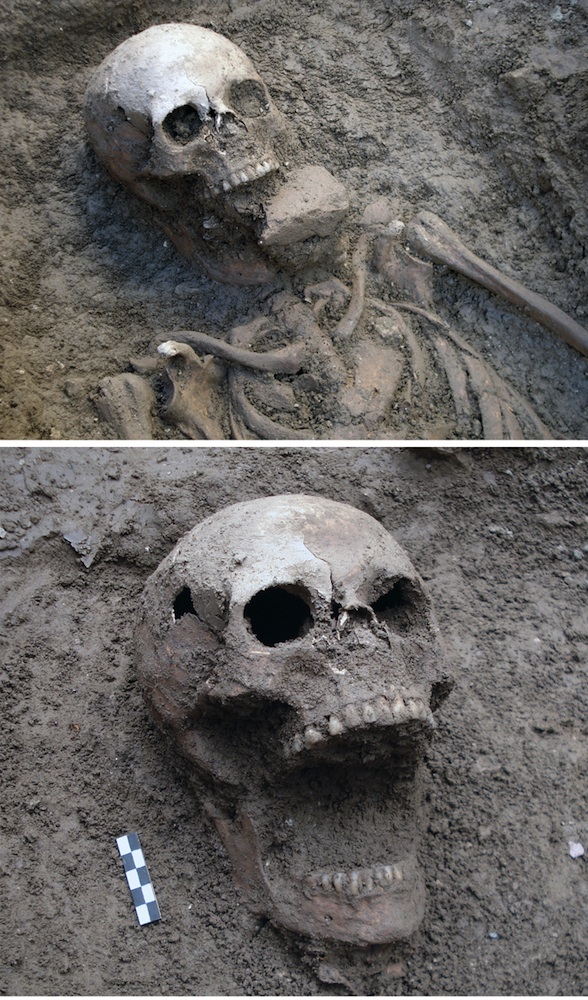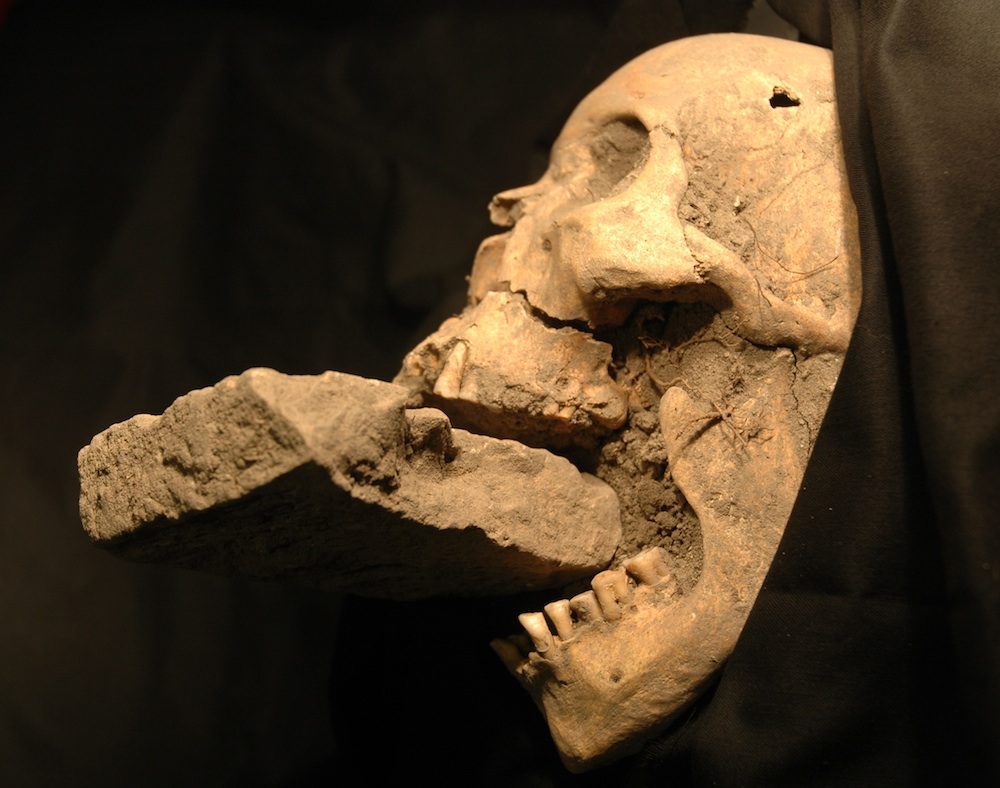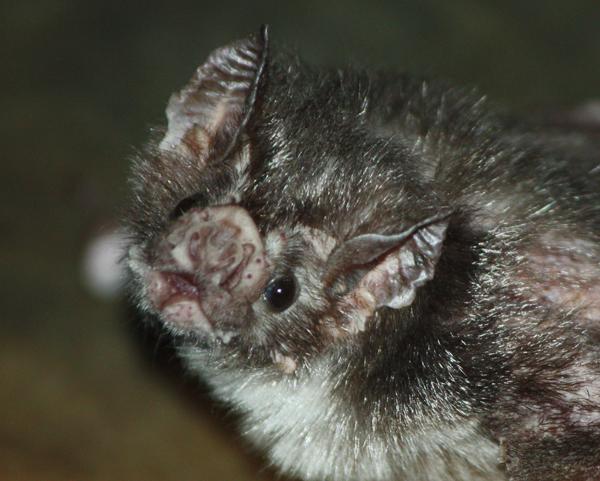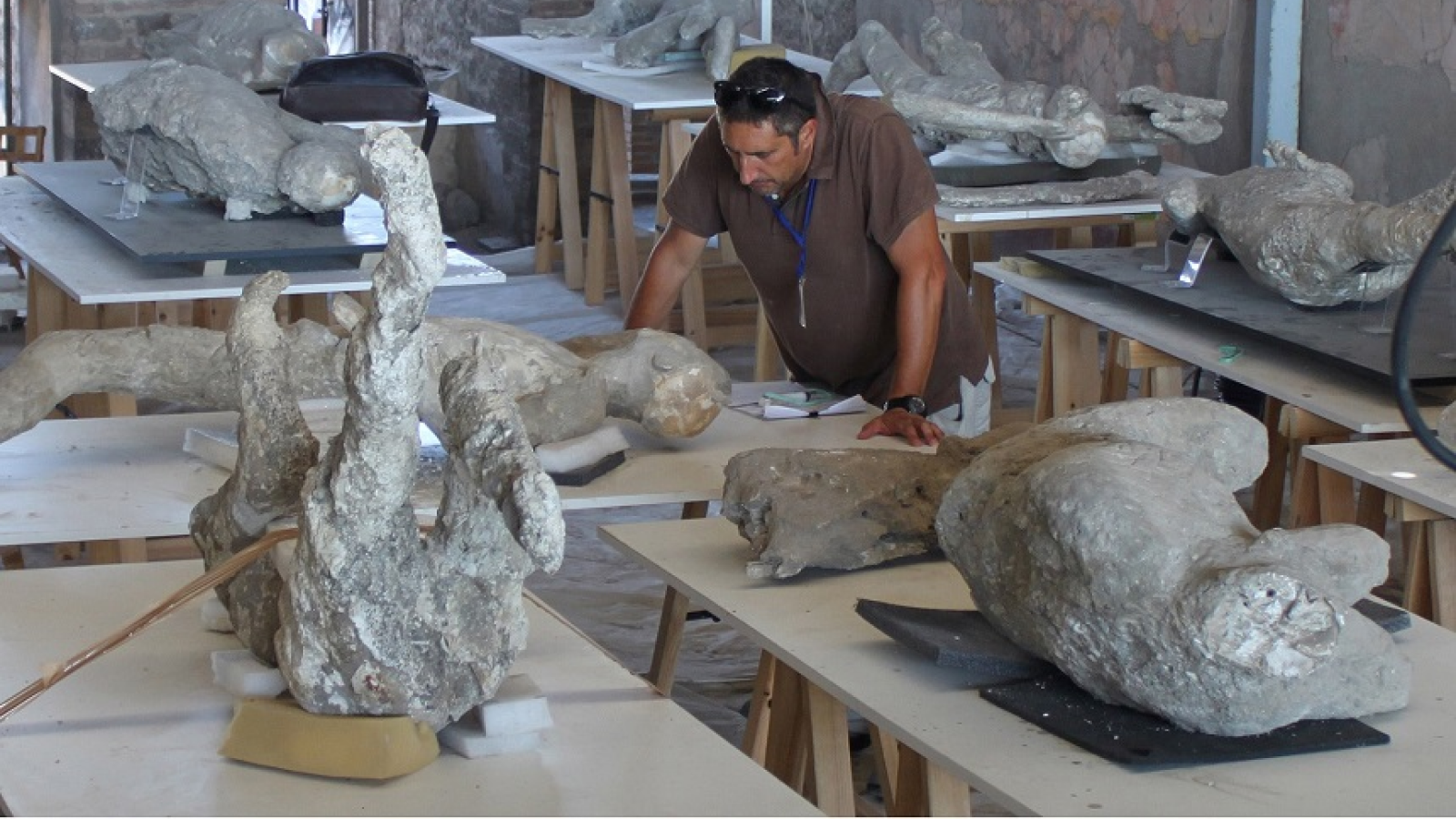Vampires: Fact, Fiction and Folklore
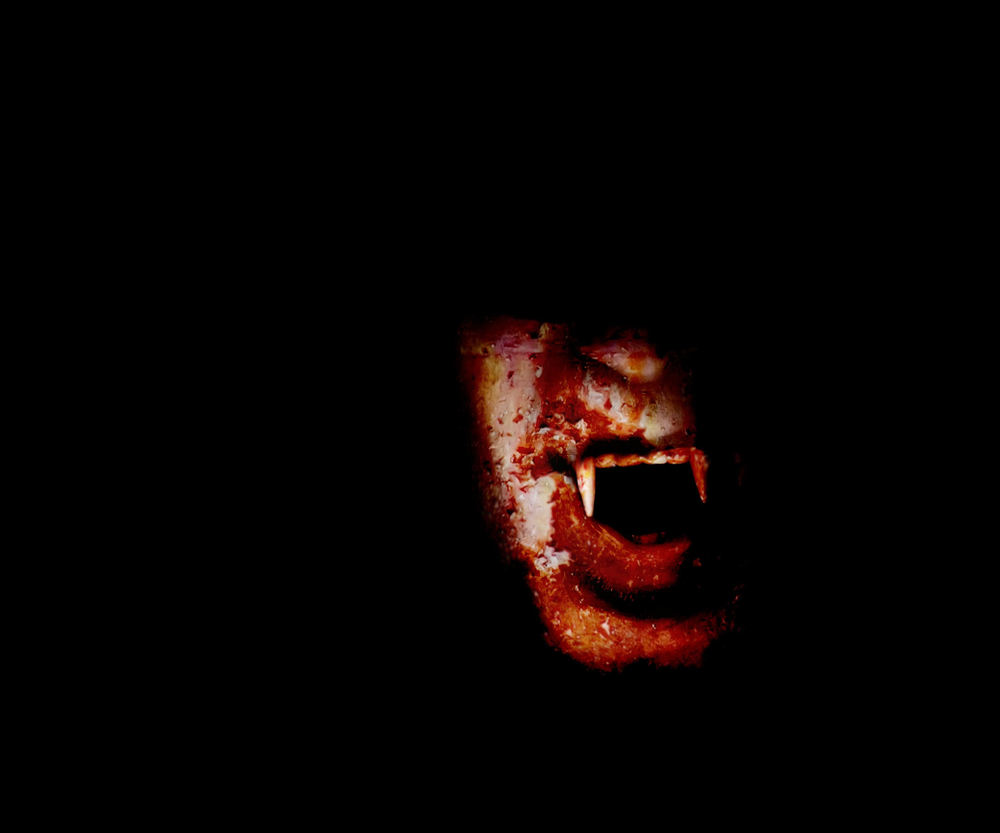
Vampires are a perennial favorite around Halloween, but they can be found year-round in movies and on television, in books and on blogs. The public's thirst for vampires seems as endless as vampires' thirst for blood. Modern writers of vampire fiction, including Stephenie Meyer, Anne Rice, Stephen King and countless others, have a rich vein of vampire lore to draw from. But where did the vampires come from?
The most famous vampire is, of course, Bram Stoker's Dracula, though those looking for a historical "real" Dracula often cite Romanian prince Vlad Tepes (1431-1476), after whom Stoker is said to have modeled some aspects of his Dracula character. The characterization of Tepes as a vampire, however, is a distinctly Western one; in Romania, he is viewed not as a blood-drinking sadist but as a national hero who defended his empire from the Ottoman Turks.
The vampires most people are familiar with (such as Dracula) are revenants — human corpses that are said to return from the grave to harm the living; these vampires have Slavic origins only a few hundred years old. But other, older, versions of the vampire were not thought to be human at all but instead supernatural, possibly demonic, entities that did not take human form.
Matthew Beresford, author of "From Demons to Dracula: The Creation of the Modern Vampire Myth" (Reaktion, 2008), notes, "There are clear foundations for the vampire in the ancient world, and it is impossible to prove when the myth first arose. There are suggestions that the vampire was born out of sorcery in ancient Egypt, a demon summoned into this world from some other." There are many variations of vampires from around the world. There are Asian vampires, such as the Chinese jiangshi (pronounced chong-shee), evil spirits that attack people and drain their life energy; the blood-drinking Wrathful Deities that appear in the "Tibetan Book of the Dead," and many others.
Identifying vampires
While most people can name several elements of vampire lore, there are no firmly established characteristics. Some vampires are said to be able to turn into bats or wolves; others can't. Some are said not to cast a reflection, but others do. Holy water and sunlight are said to repel or kill some vampires, but not others. The one universal characteristic is the draining of a vital bodily fluid, typically blood. One of the reasons that vampires make such successful literary figures is that they have a rich and varied history and folklore. Writers can play with the "rules" while adding, subtracting or changing them to fit whatever story they have in mind.
Finding a vampire is not always easy: according to one Romanian legend you'll need a 7-year-old boy and a white horse. The boy should be dressed in white, placed upon the horse, and the pair set loose in a graveyard at midday. Watch the horse wander around, and whichever grave is nearest the horse when it finally stops is a vampire's grave — or it might just have something edible nearby; take your pick.
Interest and belief in revenants surged in the Middle Ages in Europe. Though in most modern stories the classic way to become a vampire is to be bitten by one, that is a relatively new twist. In his book "Vampires, Burial, and Death: Folklore and Reality" (Yale, 2008), folklorist Paul Barber noted that centuries ago, "Often potential revenants can be identified at birth, usually by some abnormality, some defect, as when a child is born with teeth. Similarly suspicious are children born with an extra nipple (in Romania, for example); with a lack of cartilage in the nose, or a split lower lip (in Russia) … When a child is born with a red caul, or amniotic membrane, covering its head, this was regarded throughout much of Europe as presumptive evidence that it is destined to return from the dead." Such minor deformities were looked upon as evil omens at the time.
Get the world’s most fascinating discoveries delivered straight to your inbox.
The belief in vampires stems from superstition and mistaken assumptions about postmortem decay. The first recorded accounts of vampires follow a consistent pattern: Some unexplained misfortune would befall a person, family or town — perhaps a drought dried up crops, or an infectious disease struck. Before science could explain weather patterns and germ theory, any bad event for which there was not an obvious cause might be blamed on a vampire. Vampires were one easy answer to the age-old question of why bad things happen to good people.
Villagers combined their belief that something had cursed them with fear of the dead, and concluded that perhaps the recently deceased might be responsible, having come back from the graves with evil intent. Graves were unearthed, and surprised villagers often mistook ordinary decomposition processes for supernatural phenomenon. For example, though laypeople might assume that a body would decompose immediately, if the coffin is well sealed and buried in winter, putrefaction might be delayed by weeks or months; intestinal decomposition creates bloating which can force blood up into the mouth, making it look like a dead body has recently sucked blood. These processes are well understood by modern doctors and morticians, but in medieval Europe were taken as unmistakable signs that vampires were real and existed among them.
Vampire defense and protection
The best way to deal with vampires, of course, is to prevent them from coming back in the first place. A few centuries ago in Europe this was often accomplished by staking suspected vampires in their graves; the idea was to physically pin the vampire to the earth, and the chest was chosen because it's the trunk of the body. This tradition was later reflected in popular fiction depicting wooden stakes as dispatching vampires. There was no particular significance to using wood; according to folklore, vampires — like djinn (genies) and many other magical creatures — fear iron, so an iron bar would be even more effective than a wooden stake.
Other traditional methods of killing vampires include decapitation and stuffing the severed head's mouth with garlic or a brick. In fact, suspected vampire graves have been found with just such signs. According to a 2012 Live Science article, "The body of the woman was found in a mass grave on the Venetian island of Nuovo Lazzaretto. Suspecting that she might be a vampire, a common folk belief at the time, gravediggers shoved a rock into her skull to prevent her from chewing through her shroud and infecting others with the plague, said anthropologist Matteo Borrini of the University of Florence." Other researchers later challenged this interpretation, and suggested that the brick may not have been placed in the mouth after all, but instead was one of many bricks surrounding the body that merely fell there after burial. Whether that burial reflected an accused vampire or not, other graves are much clearer. In 2013, archaeologists in Bulgaria found two skeletons with iron rods through their chests; the pair are believed to have been accused vampires, according to an article in Archaeology magazine.
If your local villagers neglected to unearth and stake a suspected vampire and he or she has returned from the grave, there are steps you can take to protect yourself. The exact method varies around the world, but in some traditions the best way to stop a vampire is to carry a small bag of salt with you. If you are being chased, you need only to spill the salt on the ground behind you, at which point the vampire is obligated to stop and count each and every grain before continuing the pursuit. If you don't have salt handy, some say that any small granules will do, including birdseed or sand. Salt was often placed above and around doorways for the same reason.
Some traditions hold that vampires cannot enter a home unless formally invited in. This may have been an early form of the modern "stranger danger" warnings to children, a scary reminder against inviting unknown people into the house.
Real vampires
There are, of course, a few truly vampiric animals, including leeches, lampreys and vampire bats. And in all these cases the vampire's intent is to draw enough blood for sustenance, but not enough to kill the host.
But what about human vampires? There are certainly many self-identified vampires who participate in gothic-inspired subcultures. Some host vampire-themed book clubs or secret bloodletting rituals; others wear capes or get vampire-fang dental implants. It's all frightening and fun, but blood drinking is another matter entirely. The problem is that blood is toxic; because it is so rich in iron — and because the human body has difficulty excreting excess iron — anyone who consumes blood regularly runs a real risk of haemochromatosis (iron overdose), which can cause a wide variety of diseases and problems, including liver and nervous system damage.
In one form or another, vampires have been part of human culture and folklore in different forms for millennia, and the bloodsuckers show no signs of going away any time soon.




